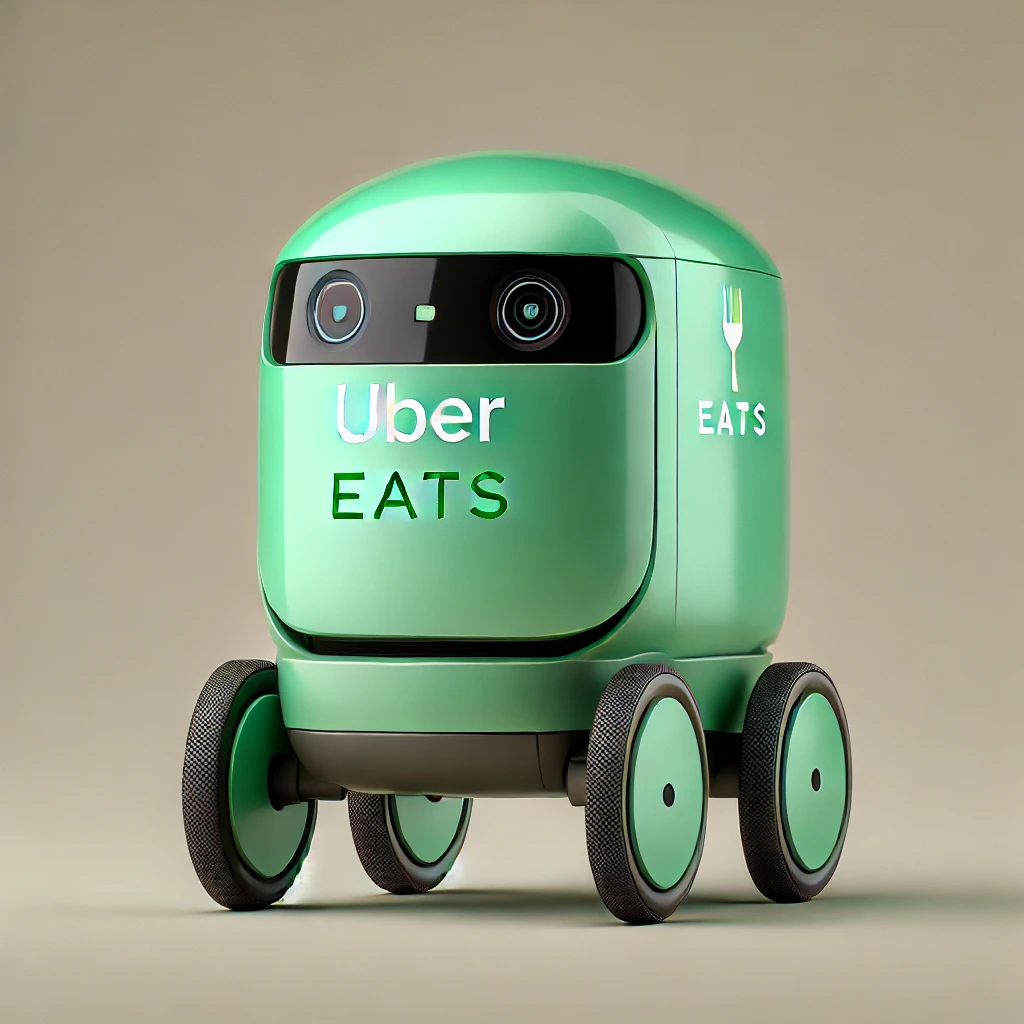
You’ve got a lot of work to do today, and suddenly your supervisor sends you an invitation to a meeting in 15 minutes, asking all team members to give a presentation on their recent work. Will you start from scratch and work hard to produce the presentation? In the face of this emergency, is it possible to rely on popular AI presentation tools such as Gamma and Presentations.ai, and ask the AI to instantly organize a presentation with complete content and beautiful layout?
When we open Gamma, enter keywords with anticipation, and pray that the AI will generate a perfect presentation, the finished product is often far from ideal; Gamma’s most notable feature, “one-click presentation generation,” is so vague that it’s impossible to use it.
Unfortunately, AI presentations in the workplace are not as useful as we thought they would be. In particular, most of the occasions where we need to use presentations at work are to present a proposal or to share the results of our work in a phased manner, and we must present fully specific, not vague content and emphasize the accuracy of the information; under such circumstances, “one-click presentation generation” is not the best choice.
After stumbling around for a while, I have tried out the fastest and most reasonable way of production, which is to utilize the concept of “Hierarchical Design”, dividing the work into different stages of tasks, and checking and revising them at each stage. The emphasis is on “dialing in what you want through back-and-forth conversations” rather than asking the AI tool to do it all at once.
Specifically, the first step is to outsource the text generation part to other AI tools that are more flexible and can adjust the content; after successfully tuning the content, then put the text into Gamma and ask it to generate the presentation directly based on the text. the AI presentation tool’s ability in the steps of “understanding the text” and “structuring” really needs to be strengthened. Moreover, there are too few parameters that can be adjusted, and the time spent on adjusting the parameters one after another is better than making a presentation from scratch. But in fact, you can simply adjust the mode of use, you can be smarter to use AI presentation tools.
I look forward to the future development of AI presentation tools in these directions:
- Users can adjust the prompt for generating presentations to provide more detailed requirements.
- Introducing a back-and-forth correction function, so that users don’t have to manually go back and forth to make adjustments, but rather the AI can optimize the content by providing directions or suggestions from humans.

